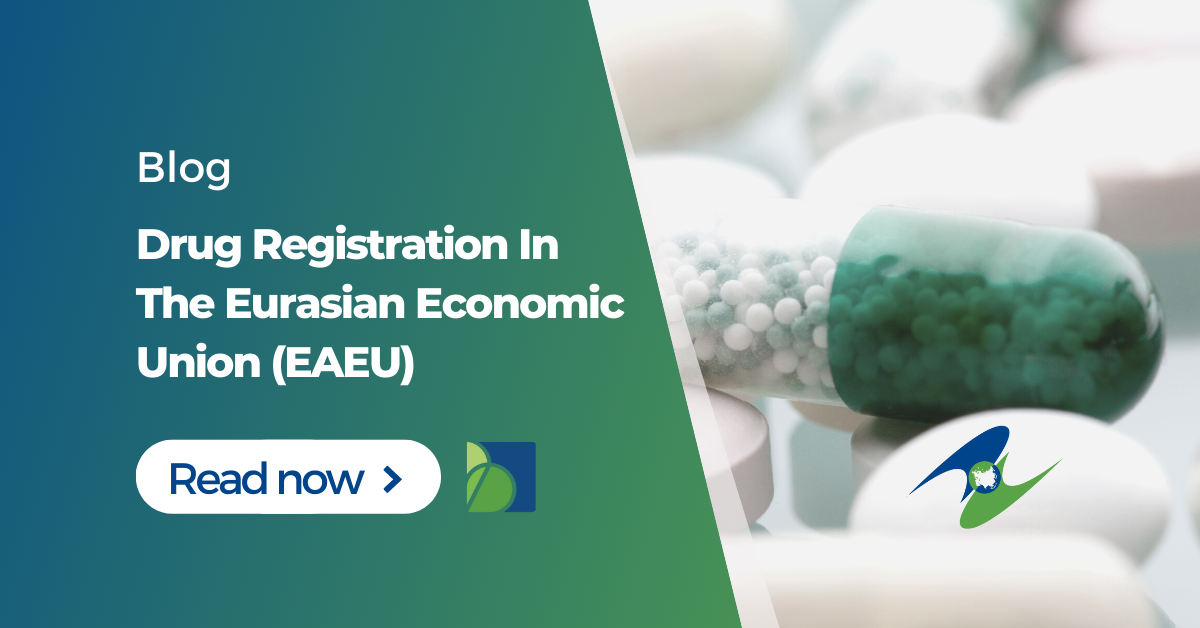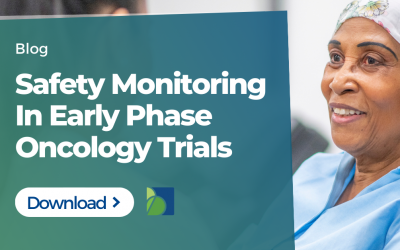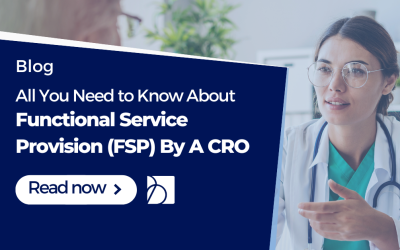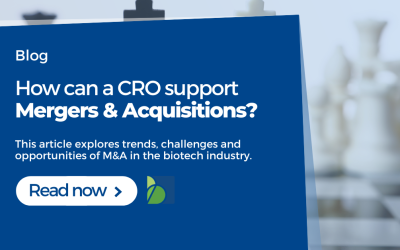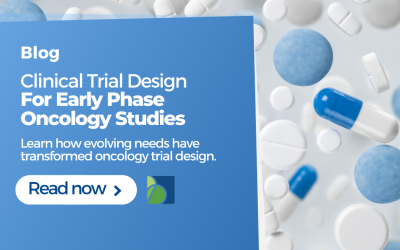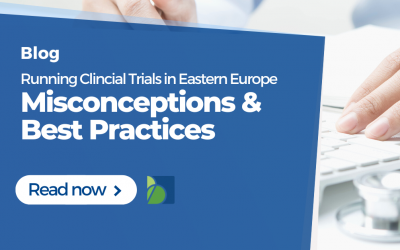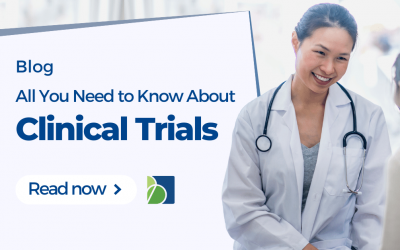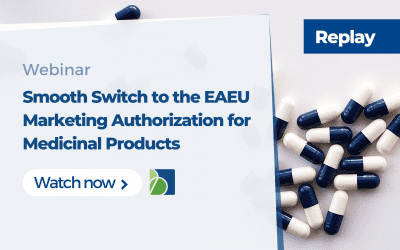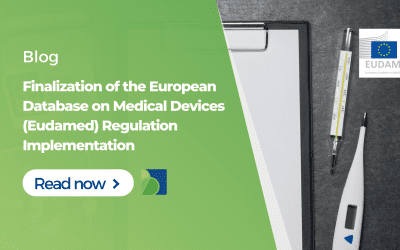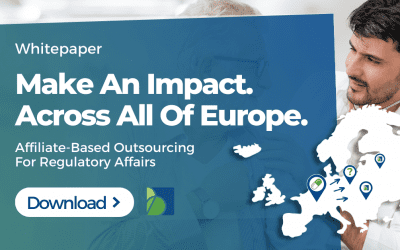If you are interested in marketing your medicinal product in the fast-growing pharmaceutical market of the Eurasian Economic Union (EAEU) and if you want to how to apply for market authorization in the EAEU, this blog post is for you. The first part of this article describes why the EAEU is an exciting market for drug registration and outlines the two different pathways for drug registration in the Eurasian Economic Union (EAEU). Additionally, it shares insight into aligning the dossiers of previously registered drugs with the new requirements.
The Eurasian Economic Union (EAEU)
The EAEU consists of Russia, Kazakhstan, Belarus, Armenia, and Kyrgyzstan and has a combined population of more than 185 million people. The GDP is estimated at around $5 trillion, with a fast-growing pharmaceutical market. For Russia, the expected turnover for 2021 is around $39 billion, which is up from $28 billion in 2017.
The EAEU was formed in 2014 and is headed by the Eurasian Economic Commission (EEC). In recent years, the EAEU has taken steps to unify the pharmaceutical market. This includes the creation of common drug registration procedures, and in the future might include a single pharmaceutical regulator similar to the European Medicines Agency (EMA). The EEC has introduced the ‘Agreement on common principles and rules of circulation of medicines within the Eurasian Economic Union’ at the end of 2014, and the ‘Rules of registration and expertise of medicinal products for human use’ (EEC Decision No. 78) on November 3rd, 2016. The decision describes two pathways of registering drugs in the EAEU, which have become the official procedures at the start of 2021. Drugs registered before December 31st, 2020, need to comply with the EAEU requirements by the end of 2025.
The Regulatory Framework for Drug Registration in the EAEU
The Role of the Eurasian Economic Commission
Central to the drug registration in the EAEU is the Eurasian Economic Commission (EEC). The EEC orchestrates the rules, procedures, and standards related to drug registration, fostering an environment of trust and safety for the pharmaceutical industry.
Setting Standards for Drug Registration
The EEC sets rigorous standards for drug registration. This includes guidelines for clinical trials, quality control, labeling, and packaging, among other things.
Regulatory Developments and Updates
In line with the rapid advancements in the pharmaceutical industry, the EEC ensures that the regulations are always current, reflecting the latest scientific discoveries and technological advancements.
Pathways For Drug Registration In The Eurasian Economic Union (EAEU)
In the dynamic and rapidly evolving pharmaceutical market of the EAEU, a Market Authorization Holder (MAH) plays an integral role in facilitating the drug registration process. This role can be assumed by an individual or a company, and they don’t necessarily have to be residents of an EAEU member state. The MAH is essentially responsible for ensuring the safety and efficacy of the pharmaceutical products they produce or distribute within the union.
Within the EAEU’s regulatory framework, there are two main routes to obtain market authorization for a drug:
1. The Mutual Recognition Procedure
The mutual recognition procedure offers an efficient pathway to obtain drug approval in the EAEU. It begins with the selection of a reference state by the Market Authorization Holder (MAH), where the registration dossier and necessary documents are submitted to the Competent Authority (CA).
The CA conducts a preliminary assessment of the documents within approximately two weeks to decide whether to proceed with a complete examination. This in-depth analysis includes reviewing the safety, efficacy, and quality of the medicinal product along with the trial data. If deemed necessary, the authorities can conduct an unscheduled inspection of manufacturing sites and test drug samples for quality.
Following the examination phase, which lasts approximately six months, the CA prepares an expert report and reaches a decision on drug registration or the rejection of the Market Authorization Application (MAA). This decision-making process spans an additional two weeks. Overall, the process can last up to 210 calendar days, with the possibility of extension if the CA requests additional information.
Once market authorization is granted in the reference state, the MAH provides access to the electronic Common Technical Document (eCTD) and the expert report in the EAEU unified register for the other member states. Essential documents like the Normative Document (ND), the Summary of Product Characteristics (SmPC), labeling, and instructions for use must be submitted in the local languages of each member state. Following this, the CAs of other member states can request further information for 50 days. If any potential inquiries are addressed satisfactorily, these states then grant market authorization.
Should a member state decline to recognize the market approval of another member state, the discrepancy is resolved by the Expert Committee on Medicines of the EEC. The recognition process has a maximum duration of 90 calendar days, bringing the total possible duration of the whole mutual recognition procedure to 300 calendar days.
After market approval, a registration certificate is issued with a validity of five years. This certificate follows a uniform model across all EAEU member states. Upon re-registration, the certificate validity typically extends indefinitely.
2. The Decentralized Procedure
The decentralized procedure for drug registration offers another path to market authorization within the EAEU. This route involves filing an MAA in several, or potentially all, EAEU member states simultaneously.
Under this procedure, one member state is chosen as a reference to handle the majority of the administrative procedures. This reference state is often chosen based on factors such as its regulatory capacity, its market size, or its relevance to the therapeutic area of the drug.
The reference state performs the assessment, and its findings are then shared with the other states where the application has been submitted. If there are no objections from the other states, the reference state grants the marketing authorization, which is then acknowledged by all involved states.
This pathway is often used when a company wants to launch a product across multiple EAEU states simultaneously. It can be a faster and more efficient way of gaining widespread market authorization, compared to applying separately in each state.
Both of these procedures aim to streamline the drug registration process within the EAEU, making it easier and more efficient for MAHs to bring safe and effective drugs to the market. Understanding these pathways is crucial for any pharmaceutical company or individual looking to navigate the drug registration landscape in the EAEU.
Understanding the Common Technical Document Format in the Eurasian Economic Union (EAEU)
Navigating the world of pharmaceutical registrations in the EAEU requires a thorough understanding of their documentation requirements. The heart of the Market Authorization Application (MAA) is the electronic Common Technical Document (eCTD). The eCTD format echoes the International Council for Harmonisation’s Common Technical Document (ICH CTD) format and serves as a structured framework for detailed pharmaceutical and clinical data.
The EAEU’s eCTD comprises five core modules, each serving a unique purpose in demonstrating a drug’s safety, efficacy, and quality. Here’s what these modules entail:
- Administrative Information: This includes essential administrative data about the applicant, the drug, and the application itself.
- Summary of the Common Technical Document: This provides an executive summary of the information contained in modules 3, 4, and 5. It serves as a roadmap for understanding the drug’s formulation, pre-clinical, and clinical study outcomes.
- Quality: This module presents detailed information about the drug’s composition, manufacturing process, and quality control measures.
- Reports of Pre-Clinical Studies: This includes detailed reports of all non-clinical studies, establishing the drug’s safety profile.
- Clinical Trial Reports: This encapsulates all clinical trial data, highlighting the drug’s efficacy and safety in human subjects.
For certain categories of medicinal products, like generic drugs, vaccines, or Advanced Therapy Medicinal Products (ATMPs), special requirements might apply. These could include additional data or specific formats of submission.
The language requirements for the eCTD modules are precise. Modules 1 and 2, which include administrative information and the CTD summary, must be submitted in the local language. However, exceptions exist for documents like the Good Manufacturing Practice (GMP) site inspection reports, the Pharmacovigilance System Master File (PSMF), and the Risk Management Plan (RMP). For the PSMF and the RMP, while the core documents can be in English, summaries in the local language are mandatory.
Modules 4 and 5, containing pre-clinical and clinical data respectively, can be entirely submitted in English. Large portions of Module 3, dealing with drug quality, can also be in English, with certain sections of Module 3.2 required in the local language.
Appendices 4 and 5 of EEC Decision No. 78 comprehensively list all the requirements of the eCTD, serving as a valuable guide for any applicant navigating this process. By adhering to these guidelines, applicants can ensure that their submissions are compliant, streamlined, and ready for assessment by the EAEU regulatory authorities.
Procedure For Previously Approved Drugs In The EAEU
Medicinal products that have received market authorization before December 31st, 2020, are required to comply with the new EAEU standards by December 31st, 2025. MAHs largely follow the mutual recognition procedure: they select a reference state to submit the eCTD and other documents to, harmonized with the new regulations. It is important to note that this harmonization process should not include new information on safety, efficacy, or technical details of the medicinal product; i.e., any variations should first be submitted and processed for the old eCTD. The reference state performs the evaluation and potential inspections and then provides an expert opinion. The other states follow the recognition procedure based on this opinion and the eCTD.
The procedure for bringing a medicinal product in compliance with the new requirements is accelerated and has a maximum duration of 100 calendar days. If the drug was already registered in at least three member states for five years or more, a registration certificate without an expiration date would be issued. In other cases, the authorities grant the standard validity period of five years.
Dossier Maintenance & Re-Registration
Aftermarket approval, it is vital to maintain the registration dossier and submit variations to the appropriate CAs. The registration certificate, which among other information, contains the SmPC and labeling, also has to be updated in case variations are submitted. Furthermore, a maximum of 210 days before the expiry of a registration certificate, a re-registration request can be submitted, after which a certificate without an expiration date can be obtained.
Key Considerations for Drug Registration in the Eurasian Economic Union (EAEU)
The pharmaceutical market of the Eurasian Economic Union (EAEU) offers an attractive, expanding platform for medicinal products. Given the unified drug registration procedure implemented since 2021, the process of obtaining Market Authorization Approval (MAA) now has a standardized timeline of 210 to 300 days across all EAEU member states. This uniformity brings an element of predictability and simplification to the process, making the EAEU a highly appealing market for pharmaceutical companies.
For drugs registered prior to this unification, there’s a crucial requirement to align their documentation with the new regulations. This harmonization must be accomplished by December 31st, 2025. To facilitate this transition, the EAEU provides an accelerated approval procedure with a maximum duration of 100 days. This expedited pathway can help companies quickly align their products with the new requirements.
When considering introducing a medicinal product to the EAEU market, it is highly recommended to seek advice from experts well-versed in EAEU regulations and the local language, typically Russian. Knowledge of the regulatory environment, including the nuances of working with national Competent Authorities (CAs), can be instrumental in choosing an optimal reference country for the drug registration process. This selection can significantly streamline and expedite the approval process, thereby making market entry more efficient and successful.
In essence, an understanding of EAEU regulations, consultation with regulatory experts, and thoughtful planning can ensure a smooth, efficient drug registration process, enabling pharmaceutical companies to unlock the immense potential of the EAEU market.



